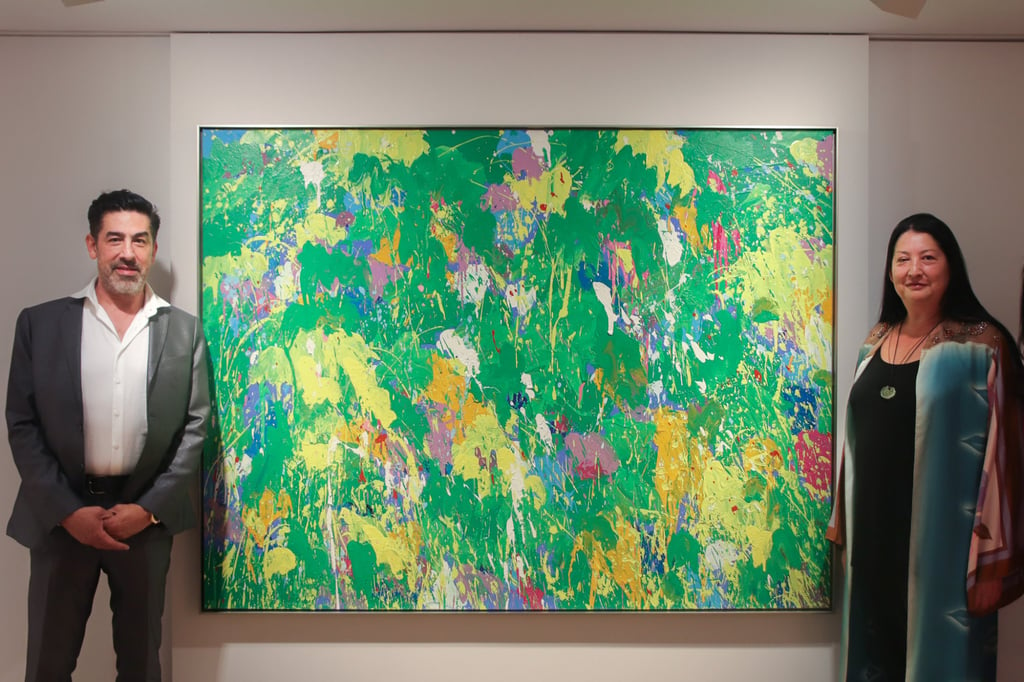How Chinese-American artist Walasse Ting’s vibrant paintings mixed Chinese, Western styles
A new Hong Kong exhibition shows how Ting’s artistic tendencies evolved and how he married both Chinese and Western influences in his works

Take one look at paintings by the late Chinese-American artist Walasse Ting and you will immediately feel a sense of joy and exuberance.
The artist is known for his unapologetic use of lively acrylic colours, while his preferred motifs – dynamic flowers, sultry women, lounging cats – easily give rise to positive feelings.
“I always loved [my father’s paintings] because they were all different colours and everything was pretty, and there was nothing I couldn’t understand,” says his daughter Mia Ting, who with her brother, Jesse Ting, grew up watching her father paint.
“[My father was] just trying, in a very natural, simple way, to show joy and beauty,” Jesse Ting adds.

Born in 1928 in Wuxi – a Chinese city near Shanghai – Walasse Ting was a largely self-taught artist who lived in many cities in his lifetime, including Hong Kong, Paris, New York and Amsterdam.
Over the years he became influenced by pop art and abstract expressionism, and developed a signature style that involved using bright, vibrant colours to depict female nudes, flora and animals.
